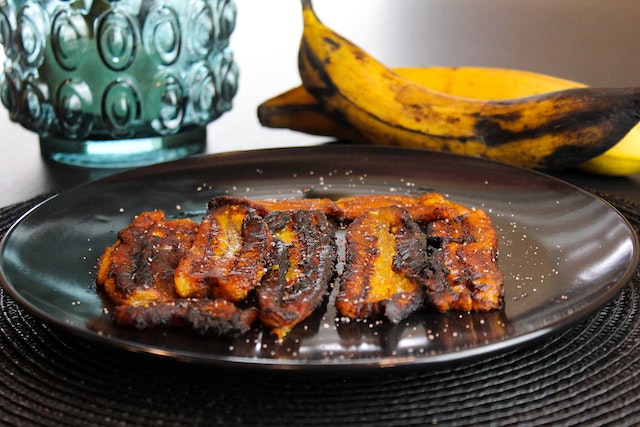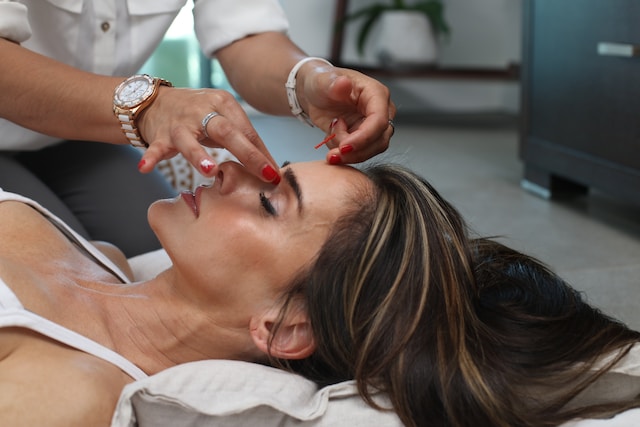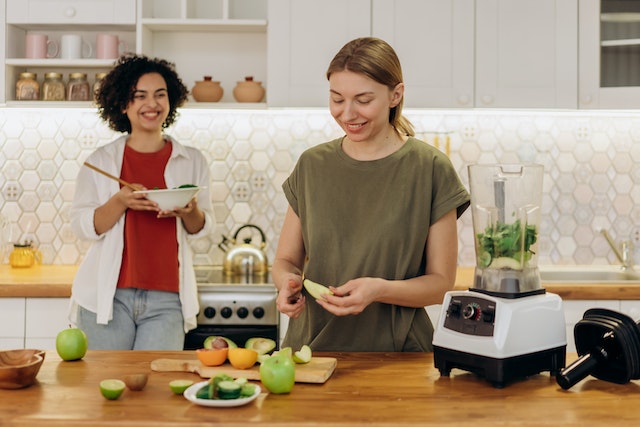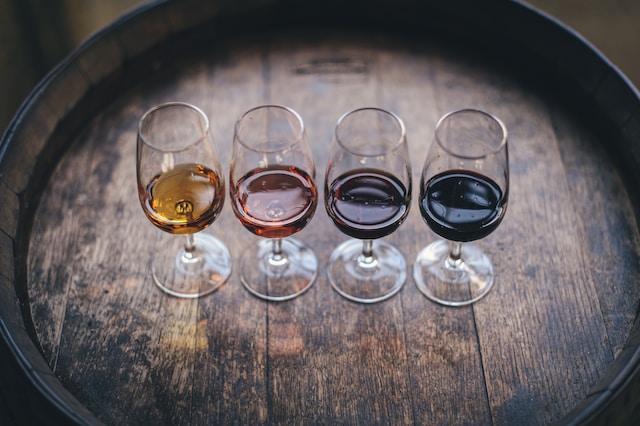

Winemaking is both an art and science that has evolved over the centuries. I am an enologist who has dedicated her life to discovering the secrets of winemaking.
This article will take you on a journey through the various techniques of winemaking, from harvesting to crushing and barrel aging. We will examine the differences in traditional methods and innovations. We will also discuss the benefits and how to use these techniques to create wines that are truly unique.
Don your wine-making hat and pour yourself a drink. Let’s begin!
1. Harvesting and Crushing Grapes
The sun is rising over the vineyards and illuminating all the green grapes ripe for picking. The winemaker and his team carefully pass along the rows of vines to collect the sweet fruit of their labor. Hands are used to separate the clusters and stems, before placing them in bins.
This is a centuries-old process, but it has been modernized to include sustainability and quality assurance.
After all the grapes have been collected, they will be brought to a crushing device where they will de-stemmed and crushed into what’s called “must”. This must is made up of all the skins and juices that are desirable for making quality wines. By controlling the pressure and length of time applied, winemakers can achieve the desired extraction.
The winemaker can choose from a variety of vinification methods to transform this must into fine wine. To create something truly unique, the winemaker will need to make different decisions depending on what route they take. Experience allows you to learn how to best utilize these techniques to create something unique and memorable.
2. Fermentation and Clarification
The winemaking process includes two key steps: fermentation and clarification. The fermentation process converts sugar to alcohol, while clarification removes suspended solids and sediment.
When yeast is added into the juice or must, fermentation begins. This activates yeast which produces enzymes to break down sugars and produce alcohol and carbon dioxide. The temperature should be maintained within a certain range, depending on the type of wine produced. A temperature that is too high can kill beneficial yeasts, while a temperature that is too low will slow down or stop fermentation.
Clarification of wine is required after fermentation.
This is done by removing the sediment using different methods, such as filtration and centrifugation. These techniques can help ensure that the final product is clear and bright by removing unwanted solids which may have settled after fermentation or aging.
This step also helps stabilize and preserve the flavor of wine over time. Without clarification, some wines may become cloudy, or develop off flavors due to oxidation.
The wine can be bottled or aged further after the proper clarification. These two processes are essential to creating a wine with a rich flavor that is free of unwanted particles and bacteria.
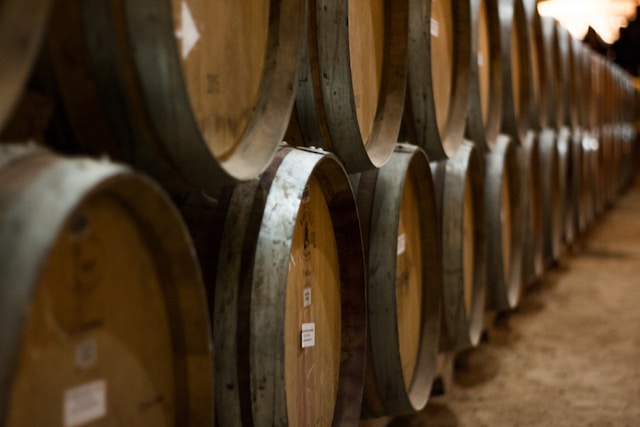
3. Barrel Ageing
The barrel aging technique is an ancient winemaking method that’s been used for centuries to enhance taste and texture. Over 90% of the wines that are aged in oak barrels come from oak.
This ancient technique offers many benefits including the ability of imparting unique flavors, adding complexity and softening tannins. There are many factors to consider when it comes to barrel-aging wine. These include the type of oak, the size of barrels, the time spent in barrels, and others.
The different types and sizes of oak impart different flavors to the wine. For example, American Oak produces more vanilla aromas while French Oak gives off more baking and spice aromas. Smaller barrels can allow more wine to contact the wood, which in turn leads to a quicker extraction of flavor compounds.
Finaly, long-term ageing in large barrels can soften tannins and lead to a smoother taste. Whatever the style or application of wine, it is true that barrel aging will result in a product with greater complexity and depth.
You can taste in every sip.
4. Bottles and Labeling
It is important to allow the flavors of wine to develop fully through barrel aging. We now move onto the next step: bottling.
It is important to ensure that the product stands out in the market by ensuring it has a successful bottling process.
First, choose the right bottle size and shape. This will depend on your budget, desired serving size and theme.
Consider the label design. It should be eye-catching and simple, with pertinent information like alcohol content or vintage year. If it’s being made for a Vegan Wine Club, the label should reflect their values.
Apply labels or stickers if necessary.
Wine making has many aspects that need to be addressed before a product is released on the market.
It is important to take a professional approach when bottling and labeling products. This will ensure that customers have a great experience, which will encourage them to come back.
Conclusion
I am always fascinated by the complexity of the wine-making process. Each step, from harvesting and crushing the grapes to barrel-aging is crucial in creating a unique wine.
Winemakers can create combinations that delight customers by carefully observing and experimenting.
It’s believed that more than 10,000 types of wine are produced worldwide every year. You can be sure to find something that will satisfy your palate, no matter what you prefer.
Don’t be scared to try out the different techniques of winemaking, there is something for everyone.

